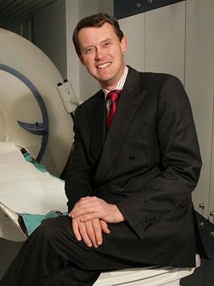BibTex format
@article{Gunning:1998,
author = {Gunning, MG and Kaprielian, RR and Pepper, J and Pennell, DJ and Fox, K and Sheppard, MN and Severs, NJ and Underwood, SR},
journal = {Heart},
title = {Histology of hibernating myocardium characterised by Tl-201 imaging and dobutamine cine MRI},
volume = {79},
year = {1998}
}

